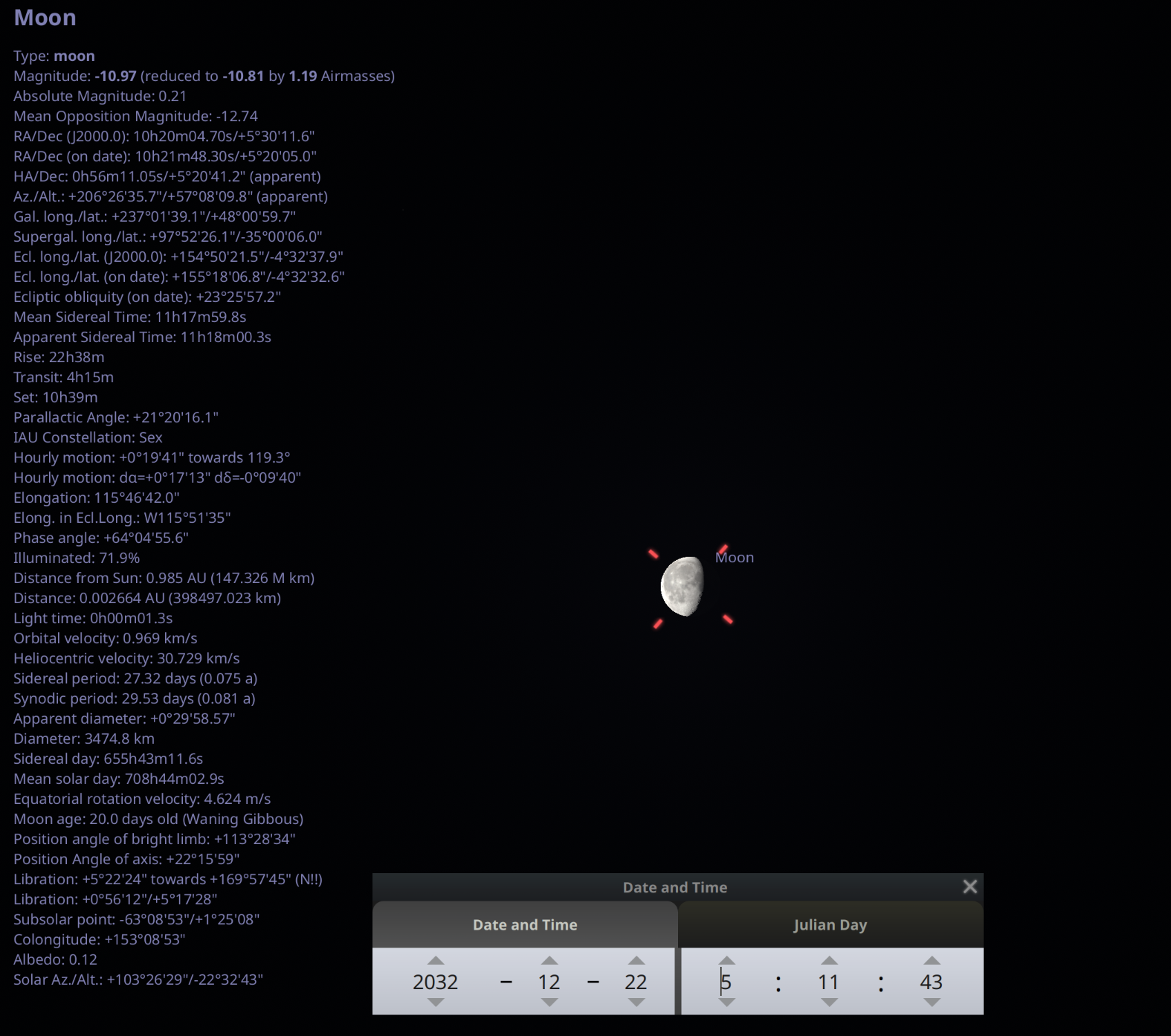
Image courtesy of NASA
What if it does hit the Moon
Let's consider the intriguing possibility that the asteroid will indeed collide with the Moon. What would happen then? The key point to remember is that an impact of this size on the Moon would pose no danger to anyone on Earth. At most, some small rocks might be ejected from the Moon, which could eventually fall to Earth as shooting stars or meteorites in the distant future.
If the asteroid is going to hit the Moon, the most likely scenario is that we will witness a spectacular light show, observable through telescopes and various probes. If I had unlimited resources and could know with absolute certainty when and where on the Moon the asteroid would strike, here are a few things I would do:
- Launch at least one probe into orbit around the Moon to conduct close observations of its surface.
- Deploy a small probe on the asteroid or in its orbit. The goal is not to divert it, but to ride along with the asteroid all the way down, gathering data throughout the journey, Slim Pickens style.
- Position a probe at the center of the probability ellipse where we anticipate the asteroid will impact. The area on the Moon likely to be struck by the asteroid will form an elongated ellipse. I would like to have a probe placed directly at this point, or "ground zero," to collect observations from that vantage point as well.
Maybe Elon Musk and Jeff Bezos can get on doing that. I'm sure learning more about asteroids will help them make 100 trillion dollars. I take a much less serious tone with this topic because an asteroid hitting the Moon is more or less sciences best case scenario for learning about such impacts up close.

Using the date and a program called Stellarium I have found what the Moon will look like. Waning gibbous. Depending on the direction of impact we might see the Moon like this and then a bright flash in the area that would be dark at this point in time.
It would be like experiencing the last two solar eclipses but something everyone on the correct side of the Earth to see it can join in on. A sizeable portion of humanity could see the event with their own eyes.
Reference
https://science.nasa.gov/blogs/planetary-defense/2025/04/02/nasa-update-on-the-size-estimate-and-lunar-impact-probability-of-asteroid-2024-yr4/



Comments